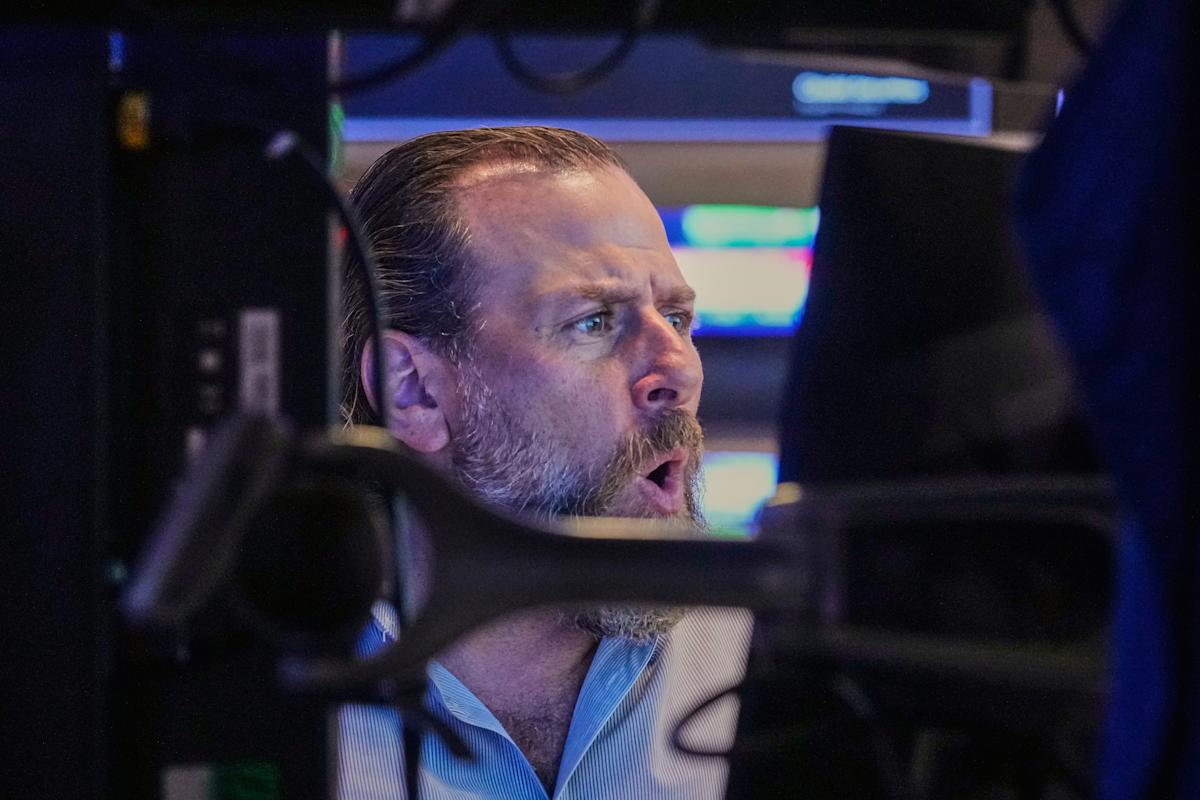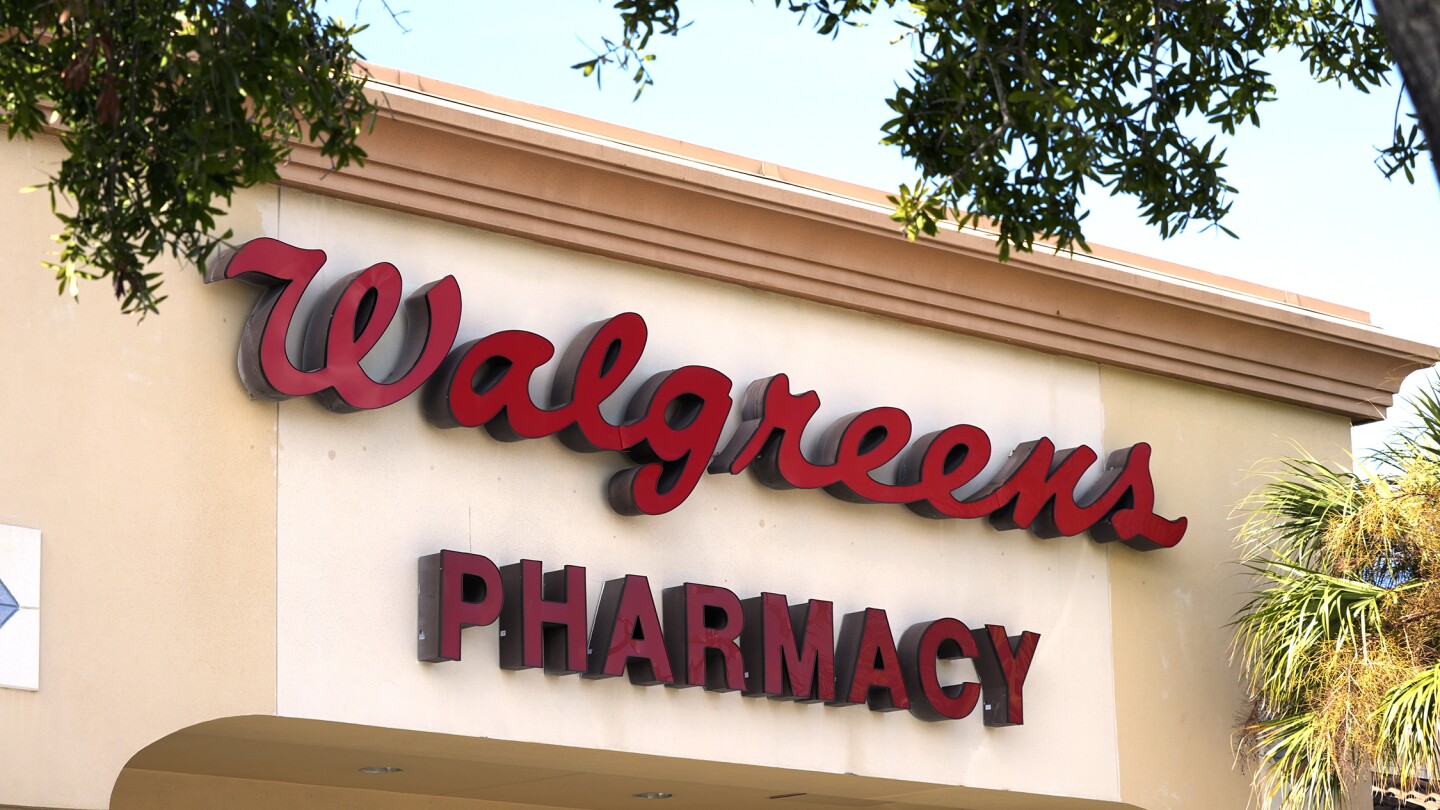Updated 2 min read
In This Article:
US stock futures edged higher Sunday evening, setting up the major indexes for more records to end one of the most volatile first halves of a year in recent memory.
Futures tied to the Dow Jones Industrial Average (YM=F) rose around 0.5%. Contracts on the S&P 500 (ES=F) gained 0.3%, and Nasdaq 100 (NQ=F) futures ticked up 0.4%.
Several of Trump’s economic agenda items are in focus this week. A July 9 deadline looms before the possible resumption of Trump’s unilateral tariffs, which Trump on Sunday said he didn’t think he’d “need to” extend.
On the trade front, India has extended its Washington visit to finalize a deal. Administration officials last week confirmed a trade framework with China was in place, bolstering investor sentiment despite a late-Friday dip triggered by Trump’s abrupt halt to talks with Canada, citing its digital tax policy.
Meanwhile, market watchers are closely following Senate negotiations over Trump’s proposed $4.5 trillion tax cut bill. The measure, which passed a procedural vote Saturday, could face a tough path in the House. The Congressional Budget Office estimates it would add $3.3 trillion to the deficit over a decade.
For the market, June’s gains have been substantial, fueled by optimism surrounding global trade and easing fears over tariffs. The S&P 500 (^GSPC) is up over 4%, the Nasdaq Composite (^IXIC) has surged over 5.5%, and the Dow (^DJI) has climbed 3.5%.
On Friday, all three major indexes closed higher, with the S&P and Nasdaq reaching new record highs for the first time since February — the start of the year’s tariff-fueled stock swings. All three major indexes are up at least 3% so far this year.
Looking ahead, investors will monitor key Chinese PMI data due Monday to gauge how the ongoing trade war is affecting Asia’s largest economy. Despite lingering uncertainties, the broader market remains upbeat heading into the new quarter and second half.
LIVE 1 update
-
Oil falls with OPEC+ set to increase production
Oil prices fell overnight Sunday as global markets adjusted to the easing of tensions in the Middle East, in combination with a commitment from OPEC+ to increase supply in August.
Reuters reports:















